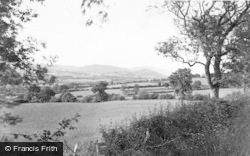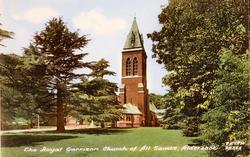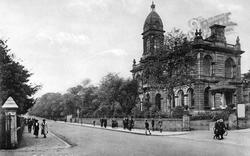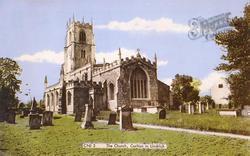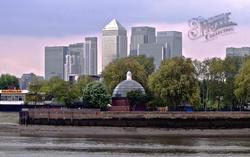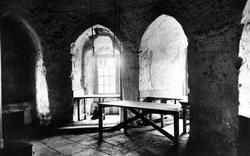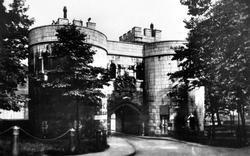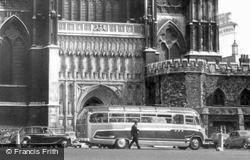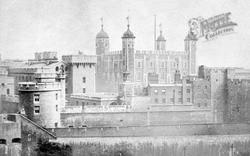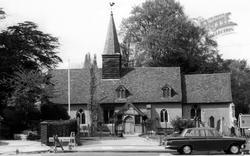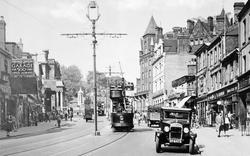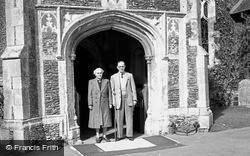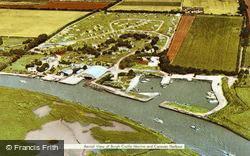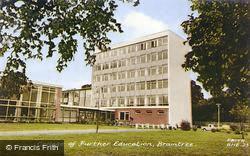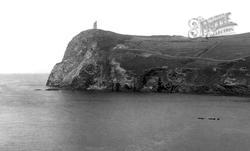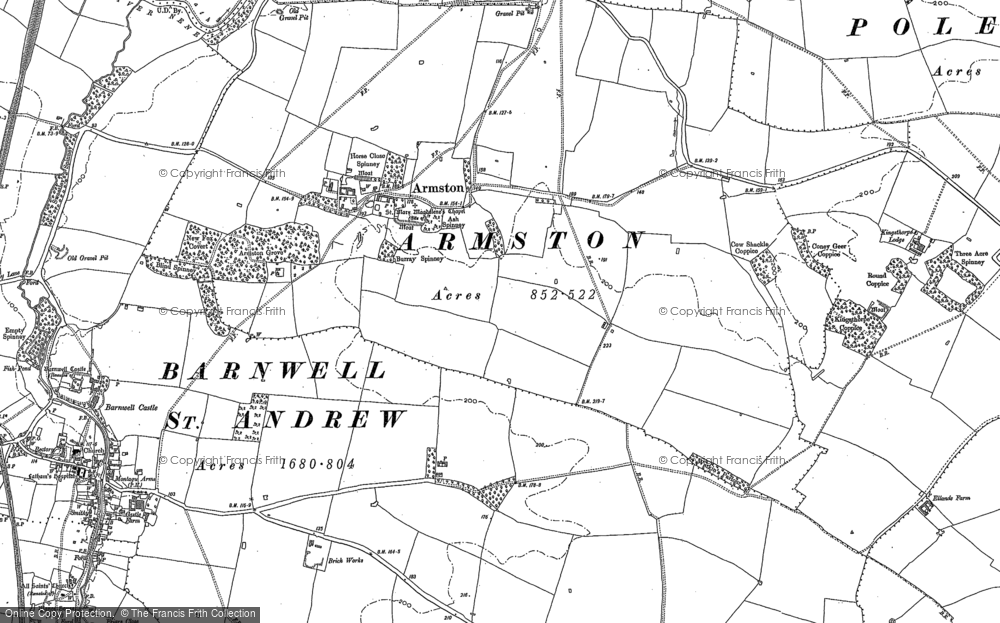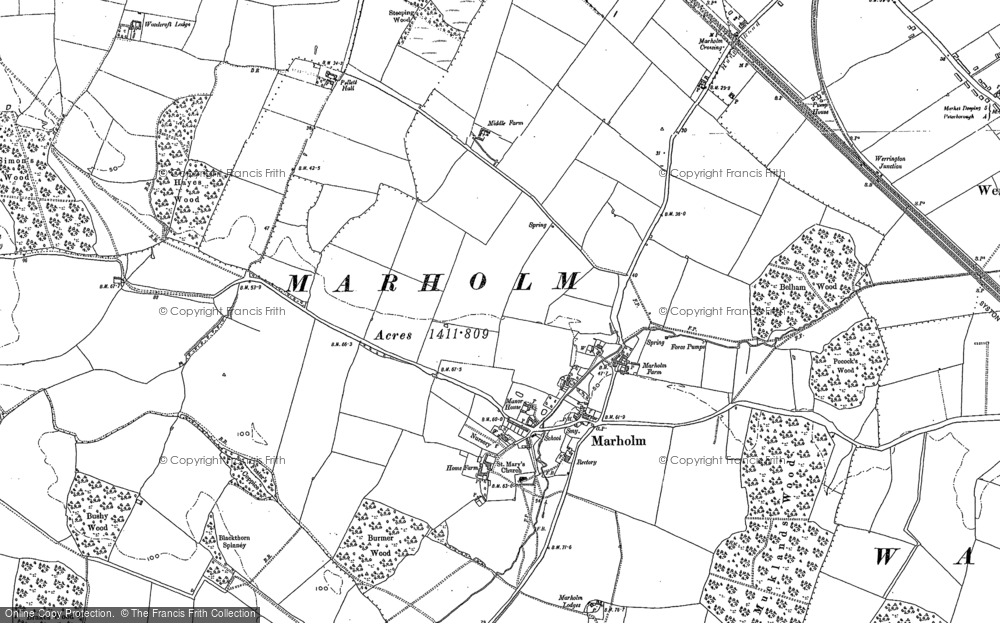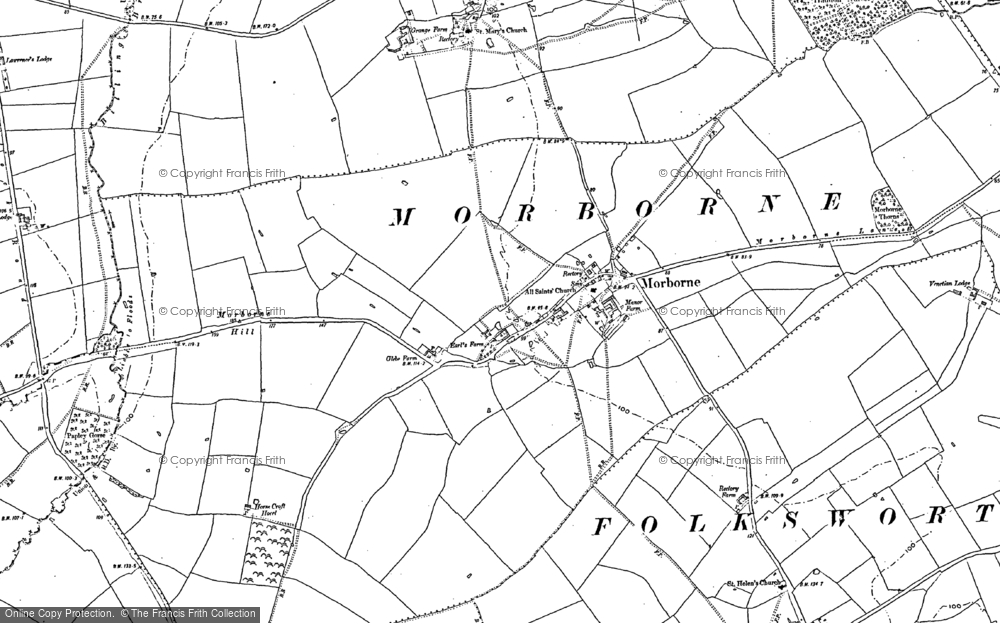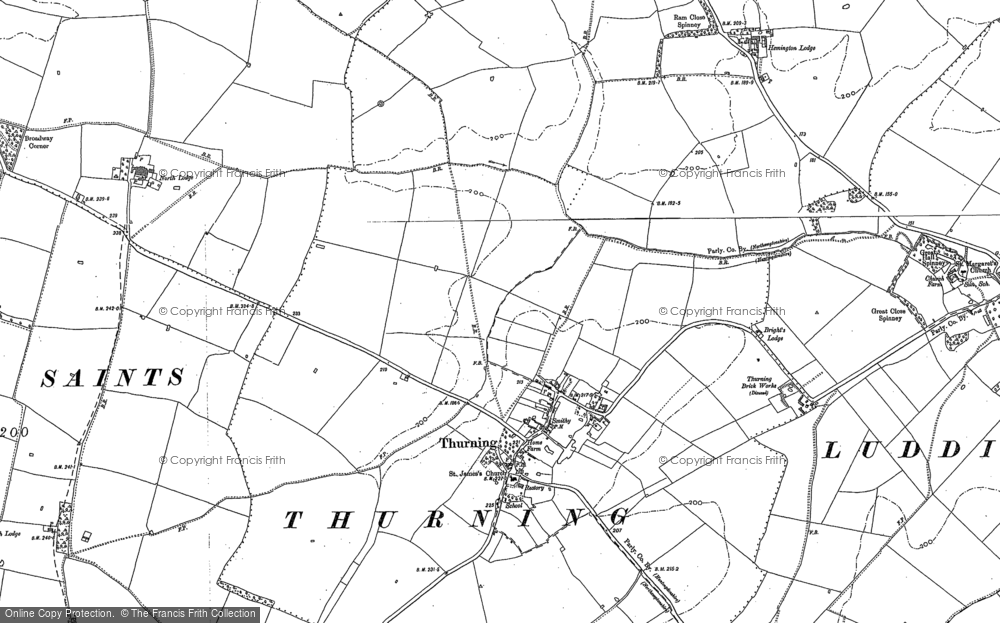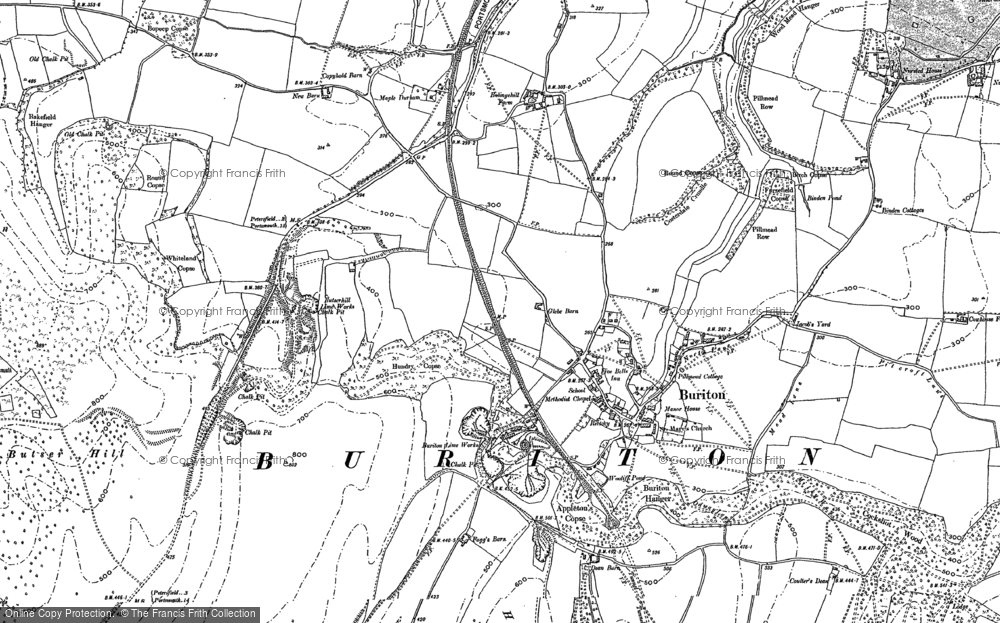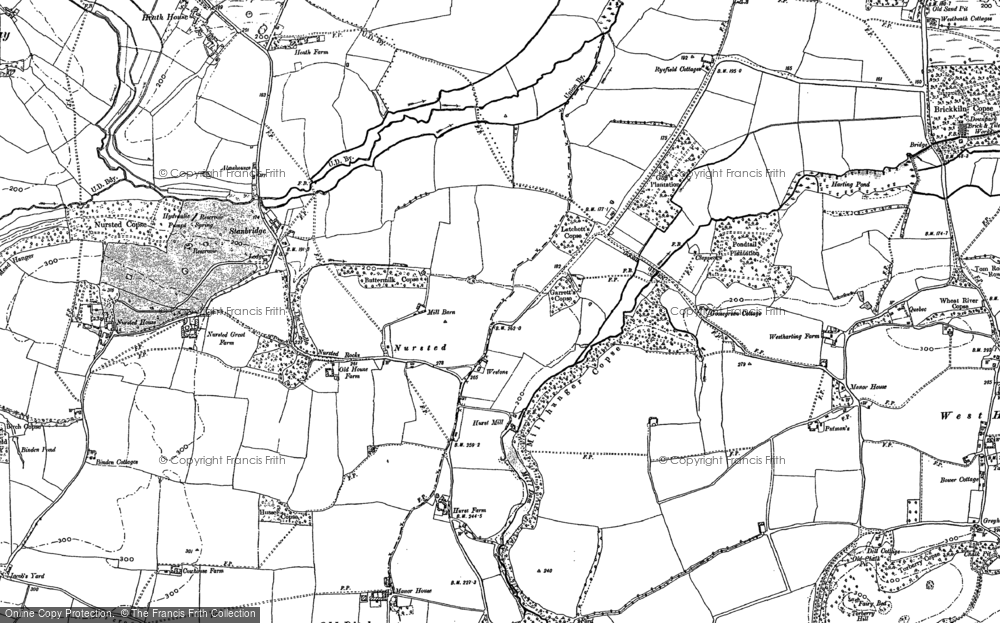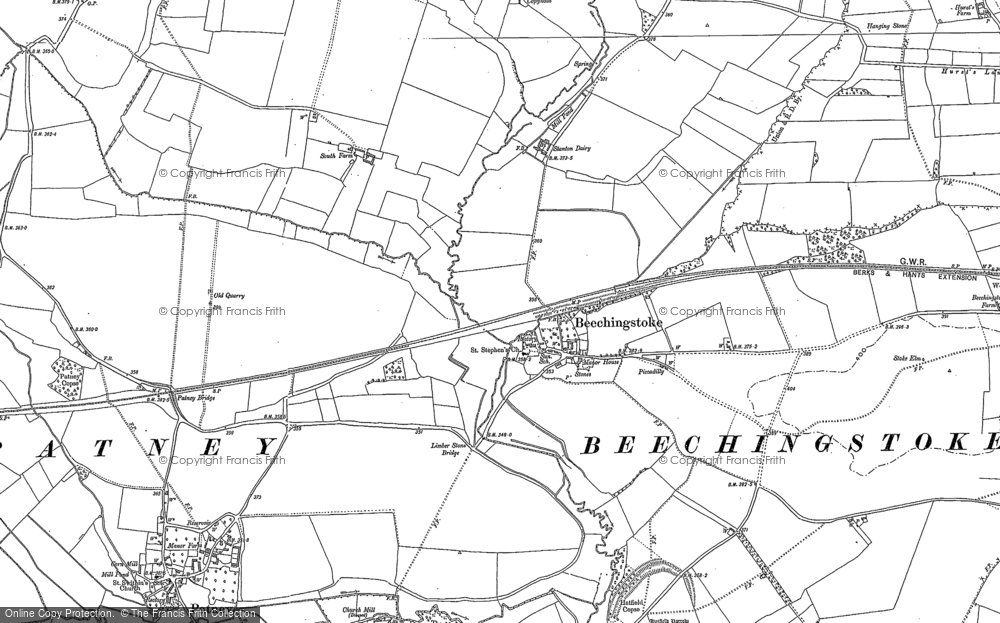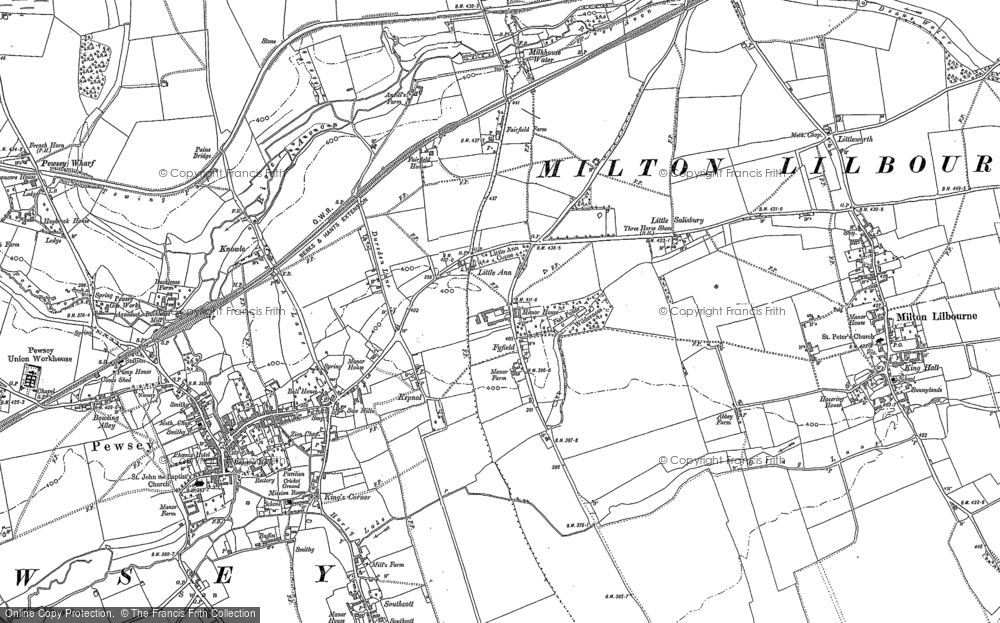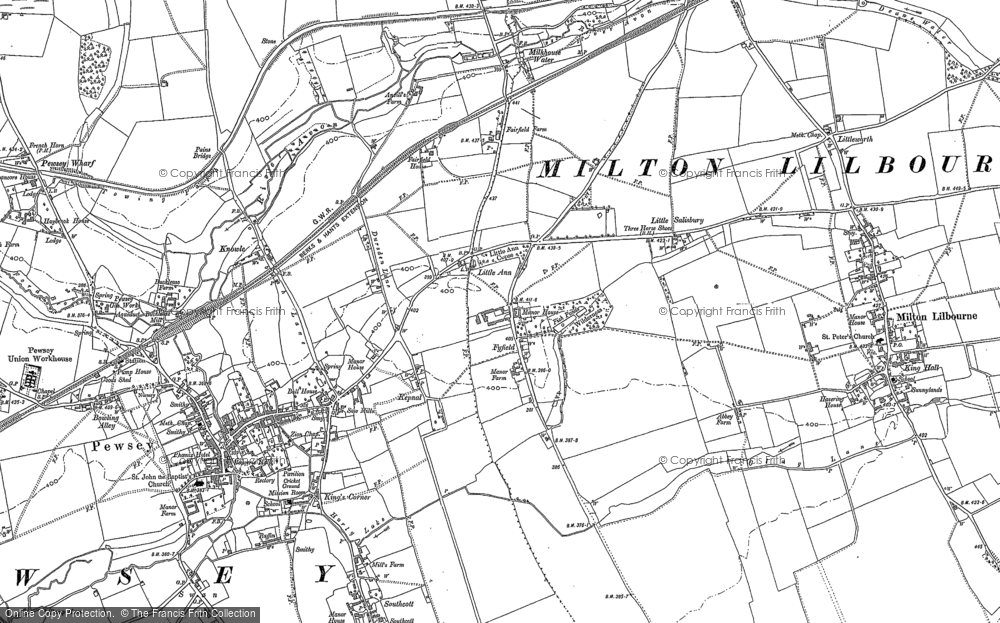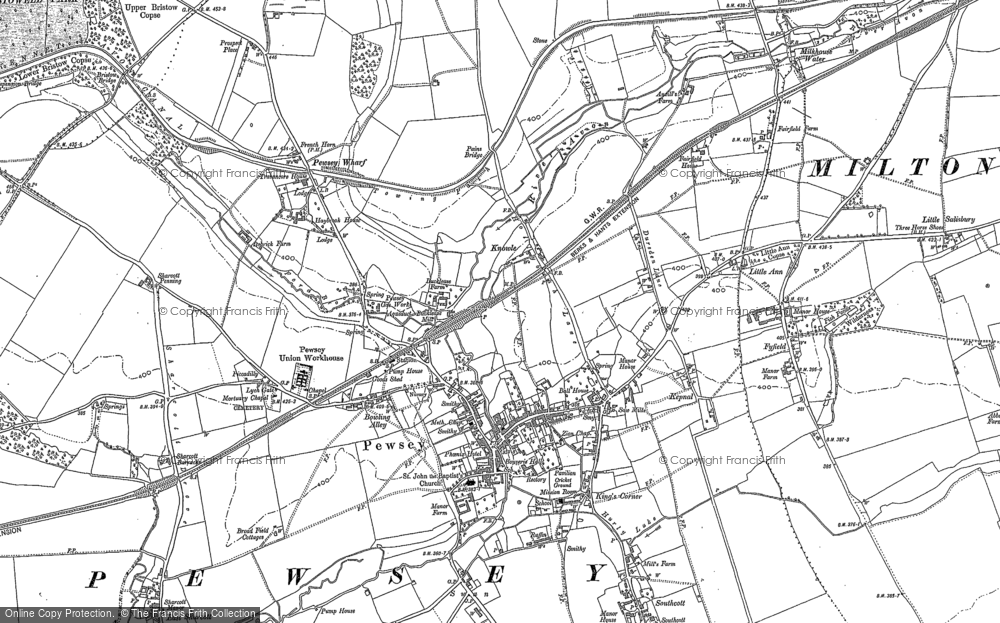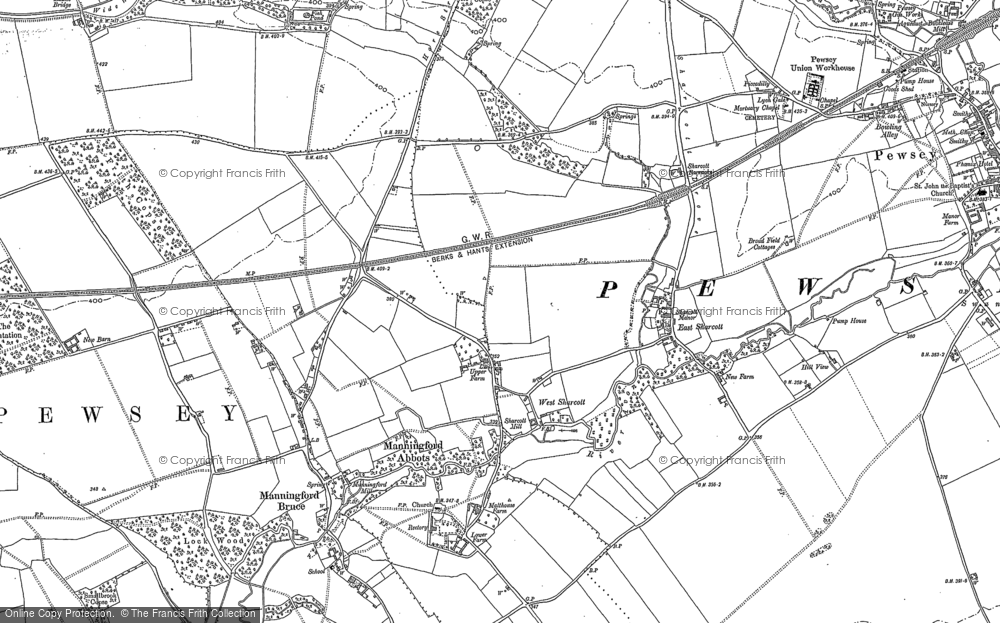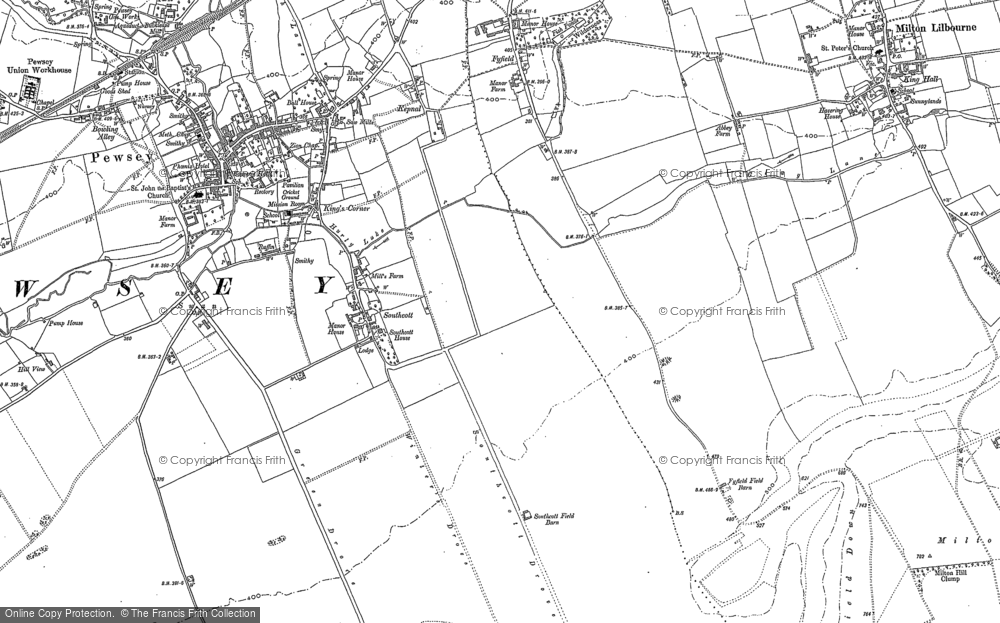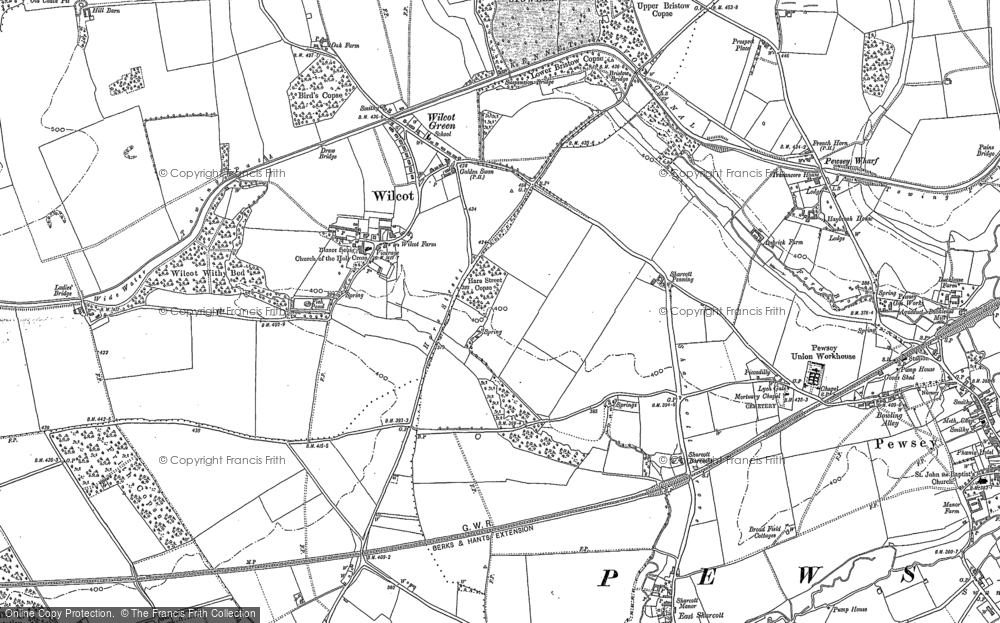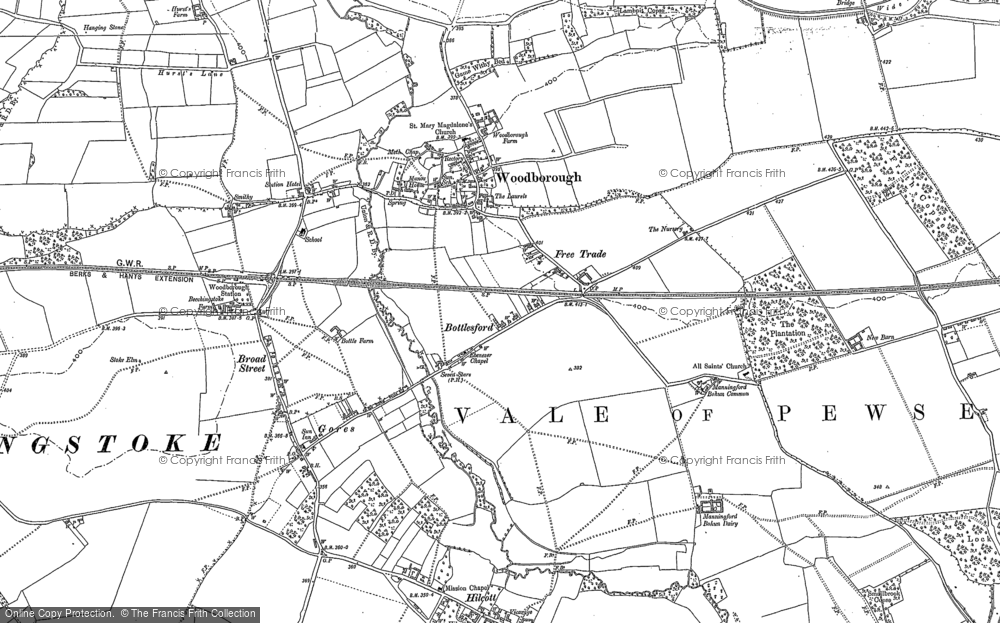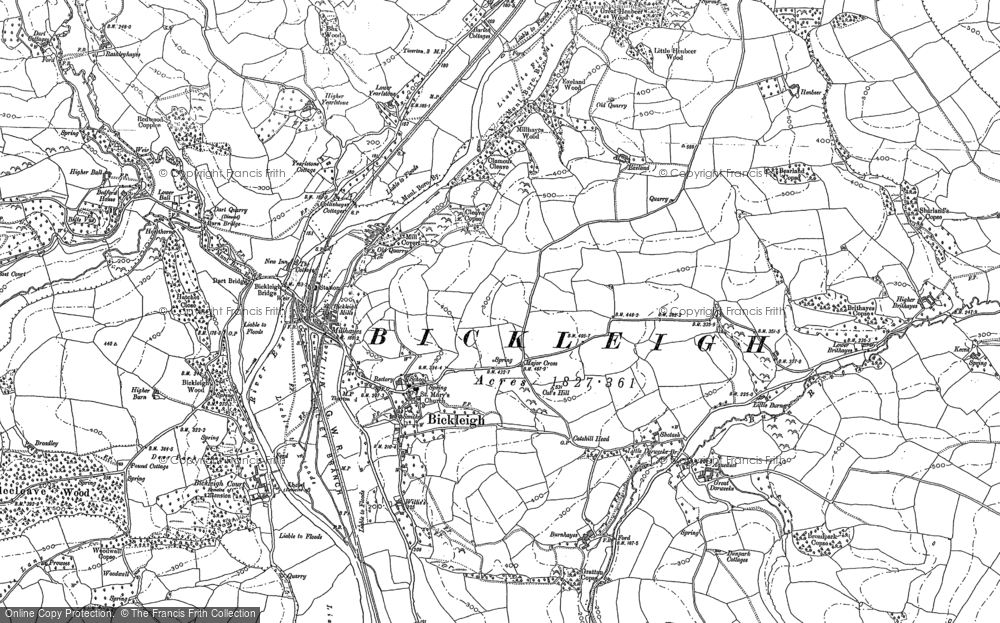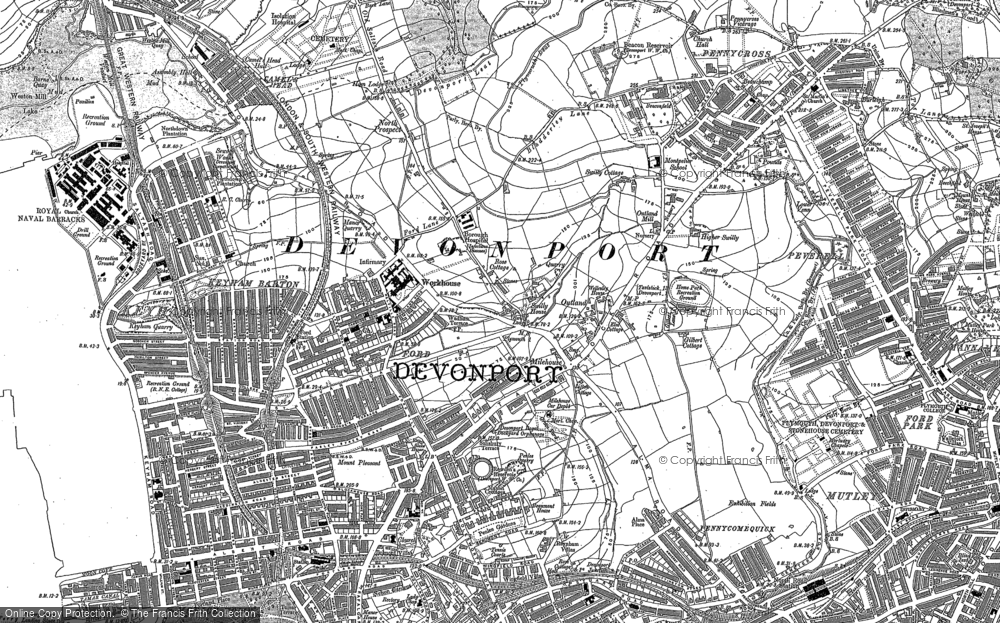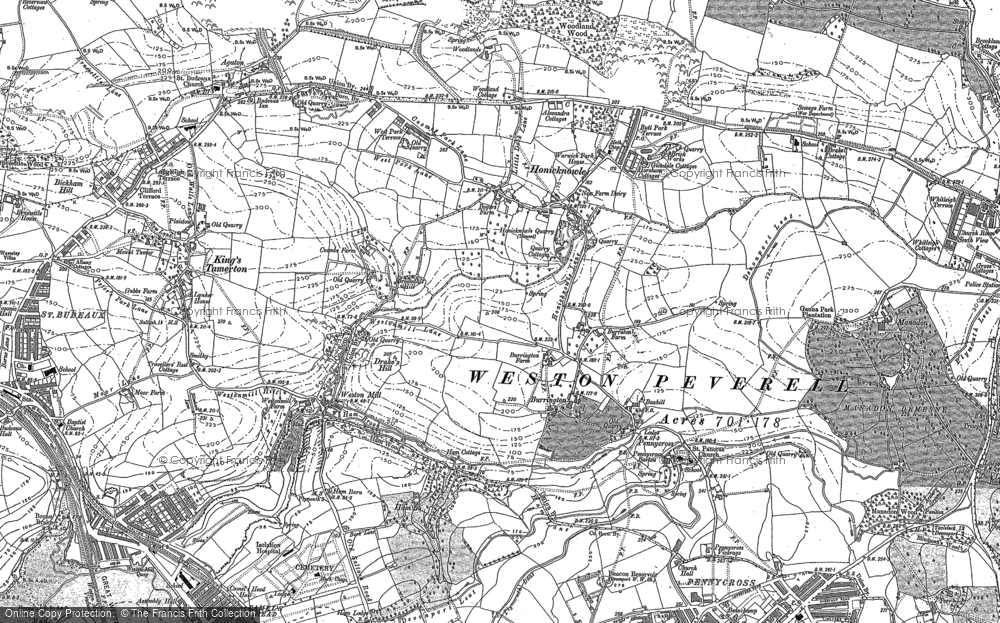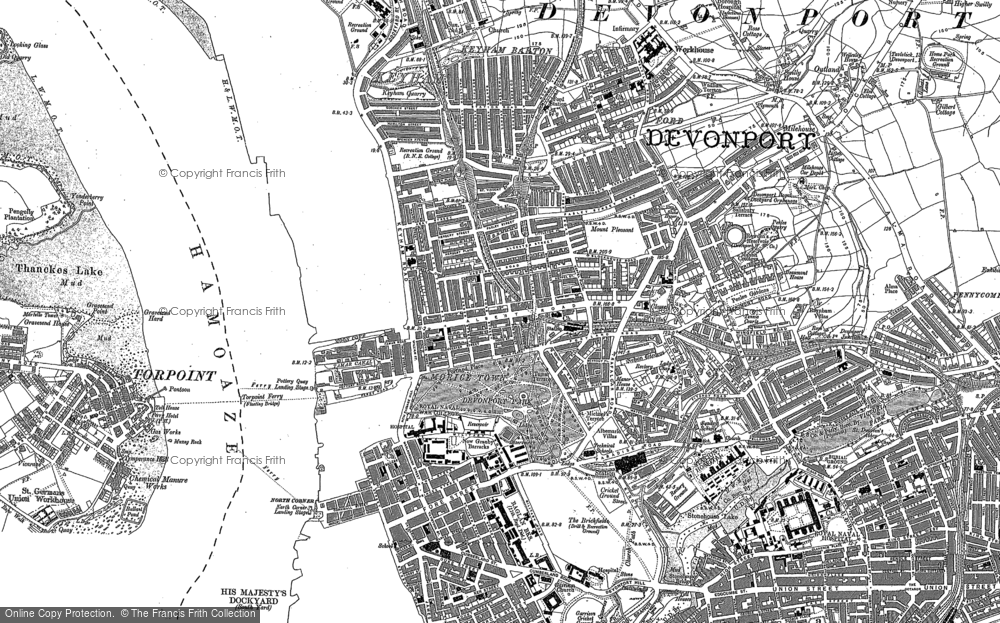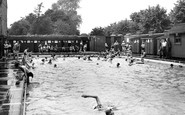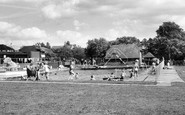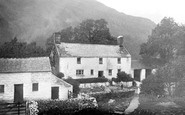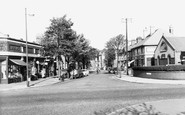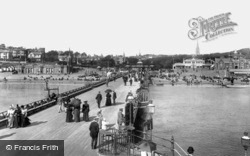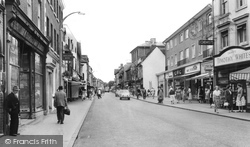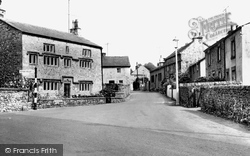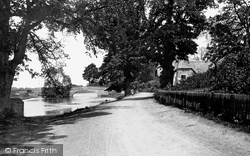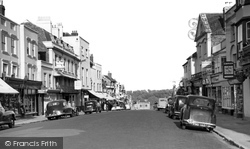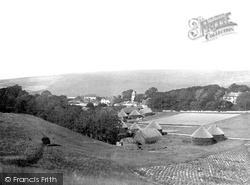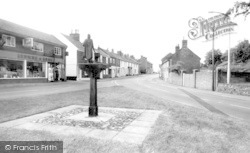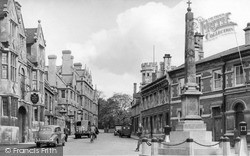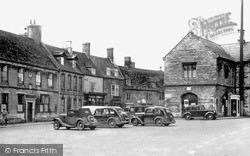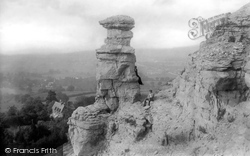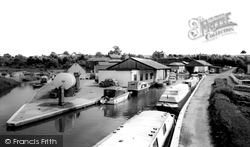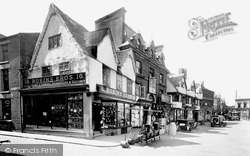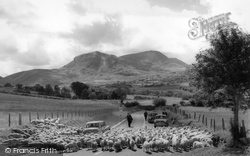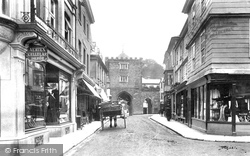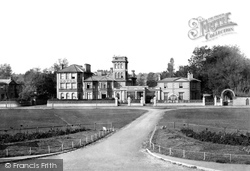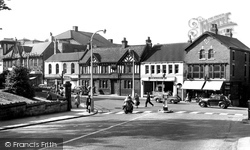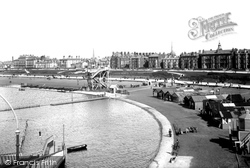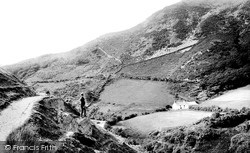Places
36 places found.
Those places high-lighted have photos. All locations may have maps, books and memories.
- Shanklin, Isle of Wight
- Ventnor, Isle of Wight
- Ryde, Isle of Wight
- Cowes, Isle of Wight
- Sandown, Isle of Wight
- Port of Ness, Western Isles
- London, Greater London
- Cambridge, Cambridgeshire
- Dublin, Republic of Ireland
- Killarney, Republic of Ireland
- Douglas, Isle of Man
- Plymouth, Devon
- Newport, Isle of Wight
- Southwold, Suffolk
- Bristol, Avon
- Lowestoft, Suffolk
- Cromer, Norfolk
- Edinburgh, Lothian
- Maldon, Essex
- Clacton-On-Sea, Essex
- Norwich, Norfolk
- Felixstowe, Suffolk
- Hitchin, Hertfordshire
- Stevenage, Hertfordshire
- Colchester, Essex
- Nottingham, Nottinghamshire
- Bedford, Bedfordshire
- Bury St Edmunds, Suffolk
- Aldeburgh, Suffolk
- St Albans, Hertfordshire
- Hunstanton, Norfolk
- Chelmsford, Essex
- Bishop's Stortford, Hertfordshire
- Peterborough, Cambridgeshire
- Brentwood, Essex
- Glengarriff, Republic of Ireland
Photos
9,106 photos found. Showing results 6,481 to 6,500.
Maps
181,006 maps found.
Books
11 books found. Showing results 7,777 to 11.
Memories
29,055 memories found. Showing results 3,241 to 3,250.
I Remember It Being Cold At Those 8.30 Swimming Lessons
I remember it being very cold when we had 8.30 swimming lessons before school. The teacher used to shout at us and I got my bronze certificate because I was too scared not to jump in the deep end ...Read more
A memory of Worksop in 1966 by
Peartree Close
I was born in Burgess Hill in 1955 and lived at 18 Peartree Close. There was a rough track behind the house with rear access to garages, and we spent loads of time playing up and down this track and in the woods beyond. I used ...Read more
A memory of Burgess Hill in 1955 by
Twelve Happy Months
I was born in Nant Gwynant in 1925 and lived there for the first 20 years of my life. In 1944 I was drafted into the army and served in German and Italy. Upon release in 1947, I decided to try and make a career in agriculture ...Read more
A memory of Nantgwynant by
Tondu Primary School
I am not quite sure of the date I moved to Tondu Primary School from Laleston Juniors near Bridgend after moving to Sarn, however, I think it was around 1955. The headmaster was a Mr Richards who I understand was renowned for ...Read more
A memory of Tondu in 1955 by
Crosby Rosedale Aveune
I was born in my grandparents' home in Rosedale Avenue in July 1947. I remember Crosby well, the cinema at the top of Endbutt Lane, going to church at St Peter and St Paul's RC Church, seeing the Beatles, and here I am in 2010 ...Read more
A memory of Crosby in 1947 by
Port Quin
As a young man with my first car and girlfriend we toured Cornwall and came across Port Quin, wow what a place. No one came here, most of the houses were derelict, the small car park to the left was the only place to park about six cars ...Read more
A memory of Port Quin in 1969
Memories Of Village Haircuts
Just before the 1960’s transformed our innocent lives, all us village boys had a limited choice of tonsorial art; indeed you could count the number of available haircuts (styles wasn’t a word used for men or boys) on ...Read more
A memory of Sherington in 1960
Boxing
When I was a young lad my father Gwilym Jones and Joe Collins of Avondale Street (Joe was, during the 1939-45 war, the army lightweight boxing champion of India) My father had been a professional boxer in his earlier years.They opened up a ...Read more
A memory of Ynysboeth in 1948 by
White House
I was born in Bladon in 1954 and the pub in mention was called the White House, I would think the pronounciation if I have spelt it right was in the locals West Oxon way of speach and White Horse can sound the same.
A memory of Bladon in 1954 by
Kings Cottage
Whilst at Priors Marston my grandfather, Rowland Joseph Marsh and his wife Annie Elizabeth Lavender had twins: Leonard and Vera Marsh. They already had a daughter Kathleen Annie. I am the eldest daughter of Kath Marsh, who is ...Read more
A memory of Priors Marston by
Your search returned a large number of results. Please try to refine your search further.
Captions
29,158 captions found. Showing results 7,777 to 7,800.
Nearly a century after its foundation, the town was already dominating the skyline, and its beaches were among the most crowded on the south coast.
The second element of Bulphan's name is the word 'fen'.
This section of the High Street is now pedestrianised, but the east side of the street is not greatly changed from this view. Timothy Whites is still a handsome building, though it is W H Smith now.
Built in the late1820s, Fort Perch Rock Battery site was then manned continuously until the end of World War II.
Taken from outside St Mary of the Angels, the village's Catholic church, this view looks along The Nook past 17th- and early 18th-century houses.
The bridge over the River Avon at Ibsley, with its white water weir, wildfowl and waterside scenery, is a good place to halt if you are following that lovely river up from the sea.
Lymington, standing proudly above the short estuary of the Lymington or Boldre River, is first mentioned in the Domesday Book as Lentune, though a settlement existed here long before that.
The village lies north of the Seaford road, which crosses the Cuckmere River at Exceat.
Except for the proliferation of telephone lines and TV aerials, this view up the main street of Loddon might have been photographed today.
On the right of the picture is the town war memorial; to the left is the striking grey stone facade of the Talbot Hotel, a gabled 17th-century building.
Oundle, best known for its public school, lies in the north-east corner of the county. It may have expanded somewhat over the years, but it still remains a compact market town.
This tall limestone pillar stands above the quarries on Leckhampton Hill, not far from Cheltenham.
A little east of the junction with the Oxford Canal is the bustling Braunston Marina.
A market town rather than a village, Watton has a constant stream of traffic through its bustling centre.
Robins Brothers, not content with filling their windows to bursting, have extended out on to the pavement and into the road.
Traffic comes to a standstill for this large flock of sheep being driven along the main road.
This illustrious town, often called the gateway to Cornwall, crowns the dark hill that rises from the valley of the tiny River Kensey.
Because of the flat roads, bicycles were in abundance both on the streets and greens, so much so that they caused problems for pedestrians.
The chapel of St Thomas once stood on Holywell Street, but even in the 1830s it was little more than a ruin, much of its stone having been taken for other buildings.
To the immediate right is the borough gaol of 1784. Lynn was founded by Herbert, Bishop of Norwich, in about 1100; it was known as Bishop's Lynn until it passed to the Crown in the time of Henry VIII.
This area of the fairground was redeveloped and incorporated into the King's Gardens, which were opened by HM King George V in 1913.
The east side begins with the projecting porch of the 16th-century building known as the Old Castle (far left), which is now Bridport Museum.
In the absence of a pave- ment, the two men in the centre have found a safe spot whilst they put the world to rights.
It was served by the narrow gauge Tal-y-Llyn railway, the first of the slate railways of North Wales to be preserved. The railway runs inland from Tywyn on the Cardigan Bay coast.
Places (6814)
Photos (9106)
Memories (29055)
Books (11)
Maps (181006)




